The total number of building approvals issued in Australia was down a seasonally adjusted 1.5 percent on month in November, the Australian Bureau of Statistics said on Thursday - coming in at 16,396.
That missed forecasts for a decline of 1.0 percent following the 1.8 percent contraction in October.
On a yearly basis, approvals surged 22.2 percent - topping expectations for a jump of 21.1 percent following the 23.1 percent spike in the previous month.
The seasonally adjusted estimate of the value of total building approved fell 3.2 percent in November after rising for four months.
read more here


 2Likes
2Likes LinkBack URL
LinkBack URL About LinkBacks
About LinkBacks










 Reply With Quote
Reply With Quote
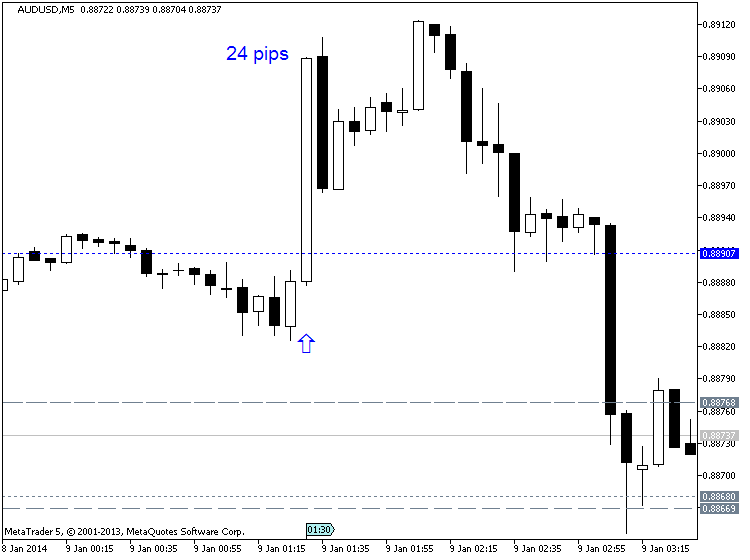

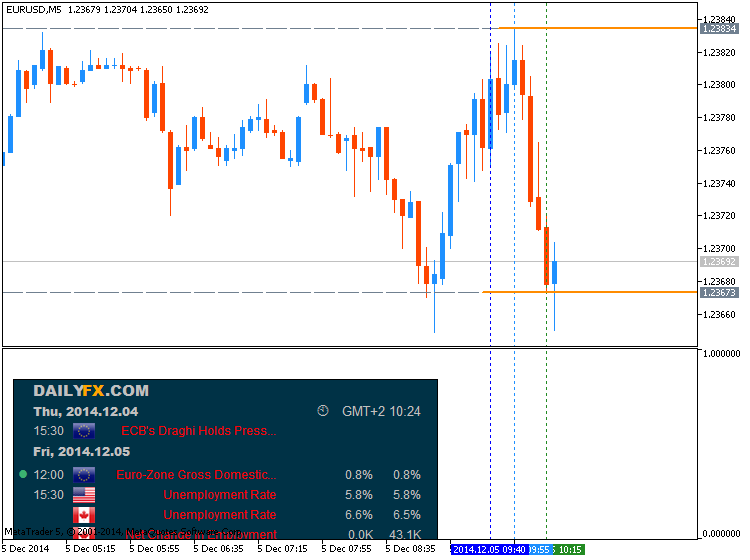
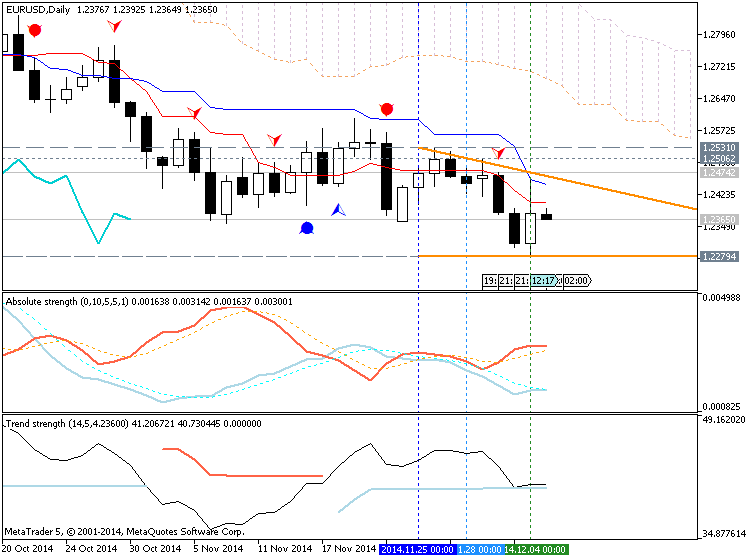
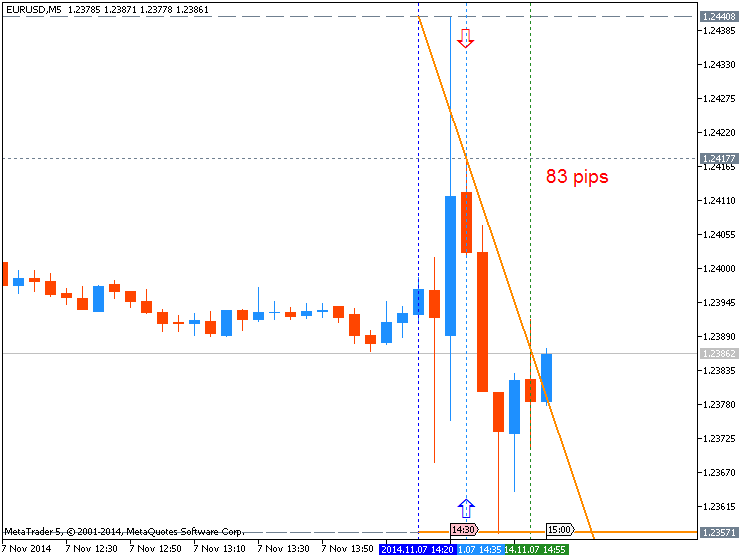


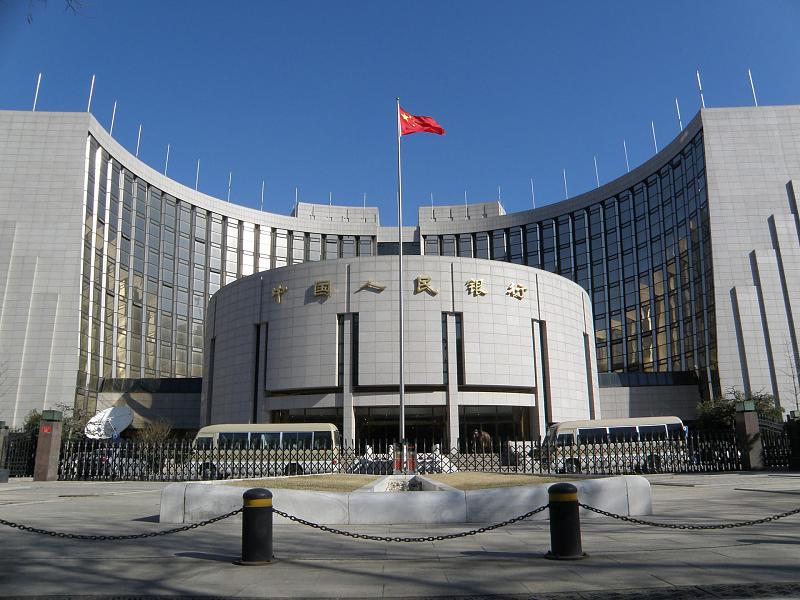

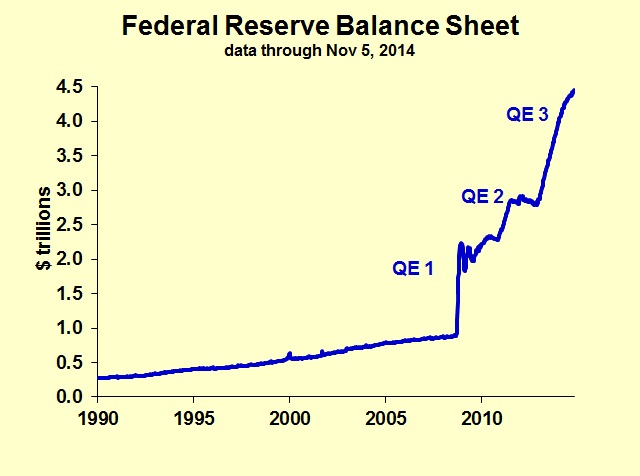



Bookmarks